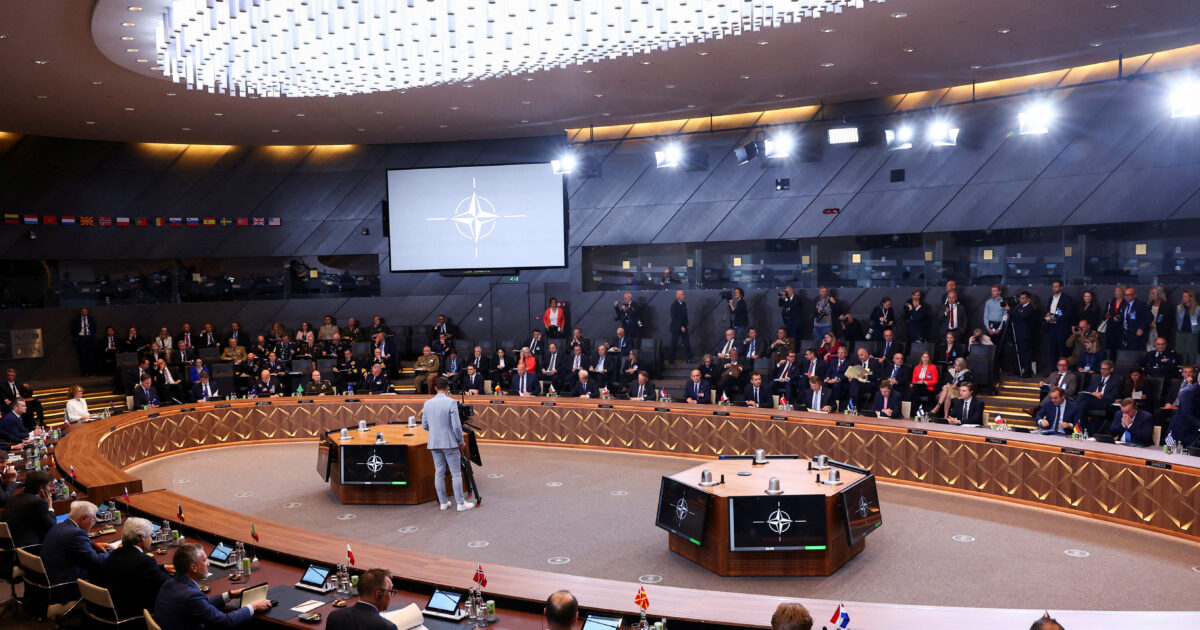Two years earlier than what was originally discussed inside NATO are pushing some countries – its members to achieve the goal of 5% in relation to expenditure them for defense as a percentage of GDP.
According to Bloomberg, the target date (ed. To reach defense and 5% of GDP infrastructure each country-a member of the North-Atlantic Alliance) is 2032, although a group of NATO allies is pressing for 2030. achieve the 5% reference point in five years.
“I know it’s not easy, we had to increase taxes, we had to reduce the budget, we had to change a lot of things,” Pevkur told Brussels. “But we also understand that 5% (something in which there are reactions from the Greek side) in peace time is much less than 35% – what Ukraine pays at the moment during the war,” he added.
It is recalled that today (5.6.2025) the NATO Defense Ministers’ Synod in Brussels is being held in view of the Summit on 24 – 25 June 2025.
NATO ministers are planning to sign one of the most ambitious commitments to increase weapons stocks from the Cold War. The agreement will lay the groundwork for the June 24th and 25th summit in The Hague, where alliance leaders will finalize the new 5% reference – requested by President Donald Trump.
The list of weapons and military requirements that countries must fulfill – the so -called potential targets – will not be made public, but the supply will include a plan to fivefold the possibilities of terrestrial air defense, filling a crucial gap.
The German leadership seeks to reassess the country’s position on the world stage. Chancellor Friedrich Mertz, who took over his duties less than a month ago, travels to Washington for his first meeting with Trump.
Germany’s head of defense said his country would need to reinforce its armed forces by 60,000 active soldiers, as NATO Member States are committed to raising defense spending to prevent Russia’s military threat.
Defense Minister Boris Pistorius said Germany would take over the second greater burden among the 32 states of the North Atlantic Pact as the allies agree on a re -equipment plan. Defense Minister Pete Hegseth strengthened US position that allies should spend 5% of GDP on their army.
The German minister praised Berlin’s new commitment to defense spending after removing debt restrictions on military investment, saying that Europe’s largest economy will do the “heavy job” that includes the establishment of new military units and securing their full equipment. Germany currently has about 182,000 soldiers in active.
“The time we have been protesting for the lack of budget of previous decades has passed,” Pistorius said on Thursday in Brussels during a meeting of NATO counterparts. “Today is the boot signal, we cover the lost ground.”
